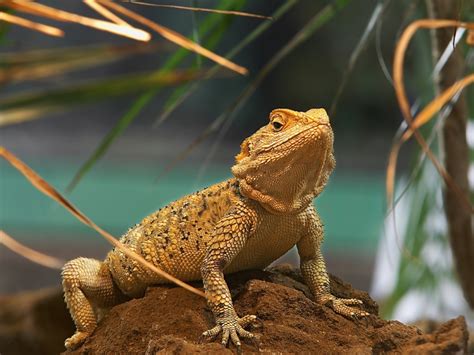Bearded Dragon Bath: A Holistic Approach to Pet Care
Bearded dragons, with their captivating personalities and unique charm, have become increasingly popular pets. Providing proper care, including regular bathing, is crucial for maintaining their health and wellbeing. This isn't just about cleanliness; a bath can be a holistic approach to addressing various aspects of your bearded dragon's health and happiness. This comprehensive guide will explore the importance of bathing, the proper techniques, and how to identify when your dragon needs a soak.
Why is Bathing Important for Bearded Dragons?
Bathing your bearded dragon offers several significant benefits, extending beyond simply keeping them clean. Regular baths help:
-
Hydration: Bearded dragons can become dehydrated, particularly if they don't drink enough water. A warm bath allows them to absorb water through their skin, supplementing their water intake. This is especially beneficial for shedding dragons.
-
Shedding Assistance: Shedding is a natural process, but sometimes retained skin can cause discomfort or even infection. A warm bath softens the old skin, making it easier for your dragon to shed properly.
-
Cleaning: Bathing removes dirt, debris, and fecal matter that can accumulate on their scales. This helps prevent infections and parasites.
-
Stress Relief: For some bearded dragons, a warm bath can be a relaxing experience, helping to reduce stress and improve their overall mood. It can be a bonding experience for you and your pet.
-
Temperature Regulation: Bearded dragons are ectothermic, meaning they rely on external sources for temperature regulation. A warm bath can help raise their body temperature if they are too cool.
How Often Should I Bathe My Bearded Dragon?
The frequency of bathing depends on several factors, including your dragon's age, health, and environment. Generally, a weekly bath is sufficient for most healthy adult bearded dragons. However, you may need to bathe them more frequently if:
-
They are shedding: During shedding periods, more frequent baths (2-3 times a week) can help soften the old skin.
-
They are soiled: If your dragon has become particularly dirty, an extra bath may be necessary.
-
They are dehydrated: If you suspect dehydration, a warm bath can help them rehydrate.
It's important to monitor your dragon's behavior and condition to determine the appropriate bathing schedule.
What is the Best Way to Bathe My Bearded Dragon?
The key is to create a safe and comfortable environment:
-
Water Temperature: The water should be lukewarm, approximately 90-100°F (32-38°C). Test the water with your elbow – it should feel comfortably warm, not hot.
-
Bath Container: Use a shallow, non-slip container large enough for your dragon to comfortably move around in. A plastic tub or even a clean sink works well.
-
Bath Duration: Keep the bath short, typically 10-15 minutes. Prolonged baths can lead to dehydration or chilling.
-
Supervision: Never leave your bearded dragon unattended during a bath.
How to Give Your Bearded Dragon a Bath:
-
Prepare the bath: Fill the container with lukewarm water, ensuring it's shallow enough for your dragon to stand comfortably.
-
Gentle Introduction: Slowly lower your dragon into the water, supporting its body.
-
Soaking: Allow your dragon to soak for 10-15 minutes. You can gently pour lukewarm water over its back and tail to help loosen shed skin.
-
Cleaning: Use a soft, damp cloth to gently wipe away any dirt or debris. Avoid harsh scrubbing.
-
Drying: After the bath, gently towel-dry your dragon. Make sure it's completely dry before returning it to its enclosure.
My Bearded Dragon Doesn't Like Baths – What Should I Do?
Some bearded dragons are initially resistant to baths. Try to make the experience as positive as possible:
-
Gradual Introduction: Start with shorter baths and gradually increase the duration as your dragon becomes more comfortable.
-
Positive Reinforcement: Reward your dragon with a favorite treat after the bath.
-
Calm Demeanor: Handle your dragon calmly and gently to reduce stress.
What are the Signs of Dehydration in Bearded Dragons?
Recognizing signs of dehydration is crucial for timely intervention. Common signs include:
-
Sunken Eyes: Eyes that appear sunken into their sockets.
-
Lethargy: A lack of energy or unusual inactivity.
-
Wrinkled Skin: Skin that appears loose or wrinkled.
-
Loss of Appetite: Reduced or no interest in food.
If you suspect your bearded dragon is dehydrated, consult a veterinarian immediately.
Conclusion: A Holistic Approach to Bearded Dragon Care
Regular bathing is an essential component of comprehensive bearded dragon care. By following these guidelines and paying close attention to your dragon's individual needs, you can ensure its health, happiness, and longevity. Remember, a warm bath can be more than just a cleaning ritual; it's a chance to bond with your pet and contribute to its overall well-being. Always consult your veterinarian if you have any concerns about your bearded dragon's health.

